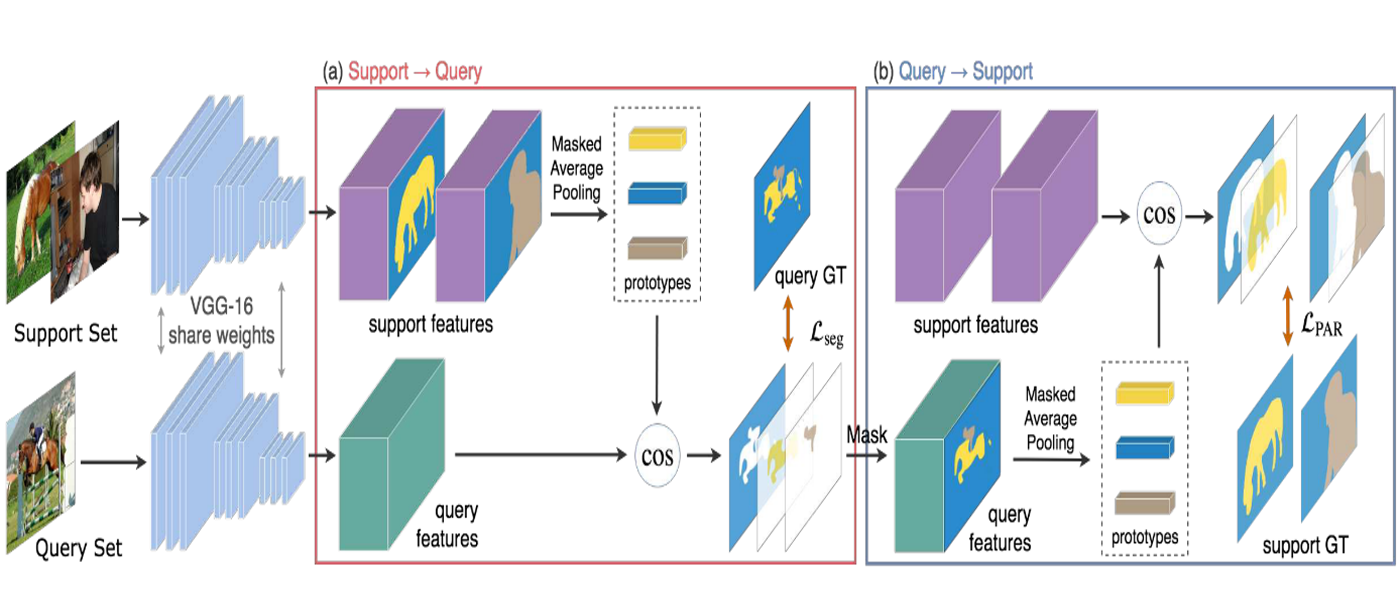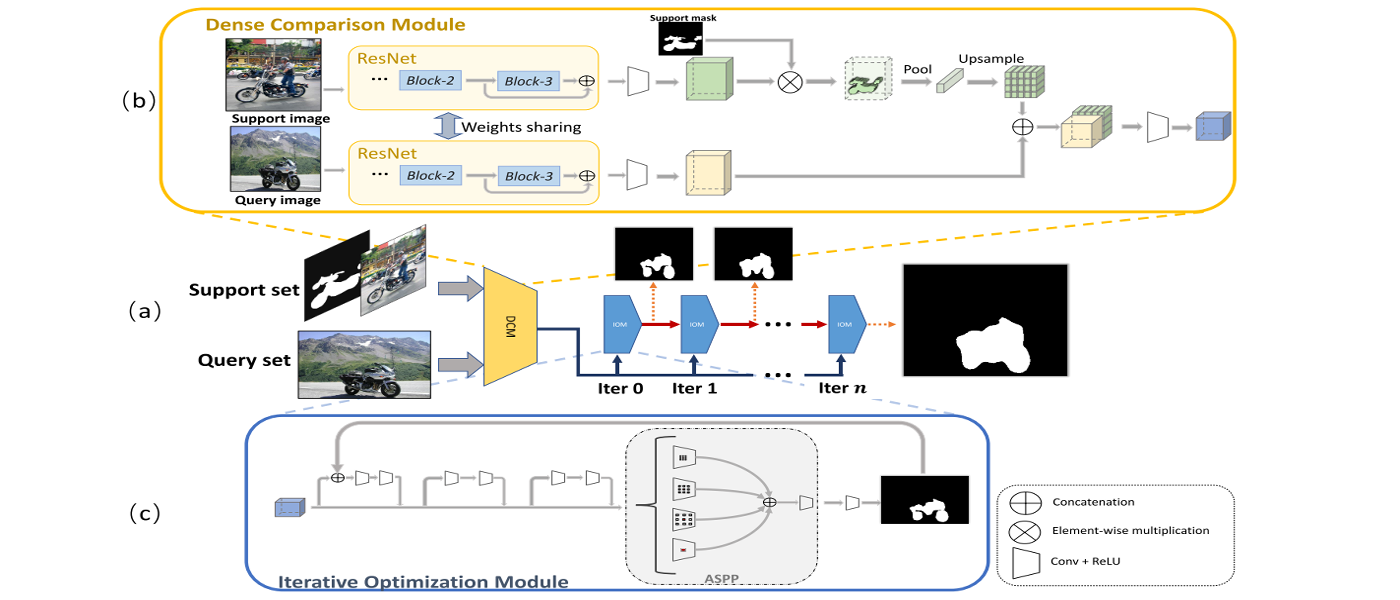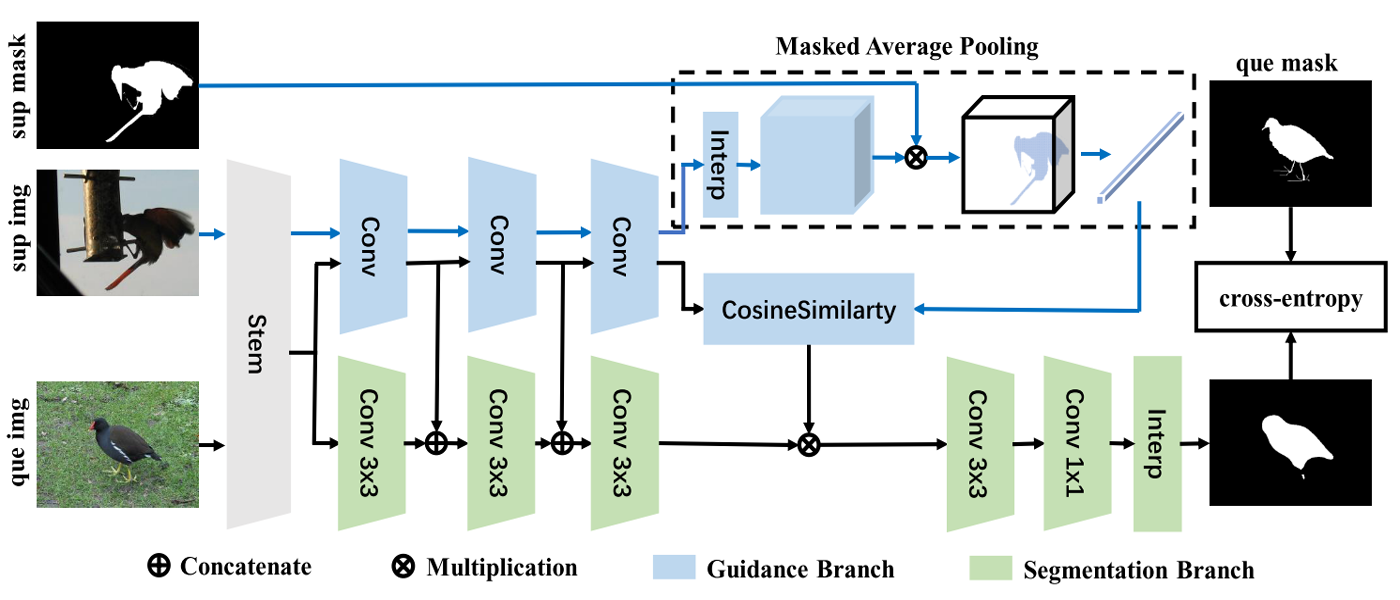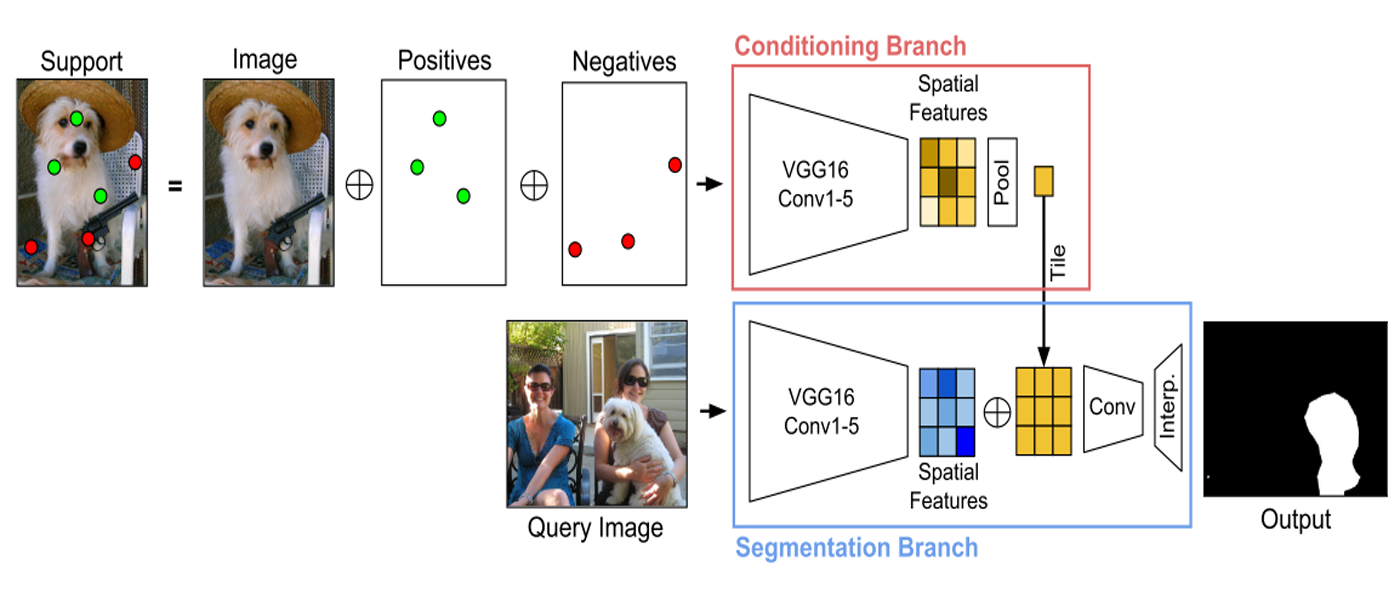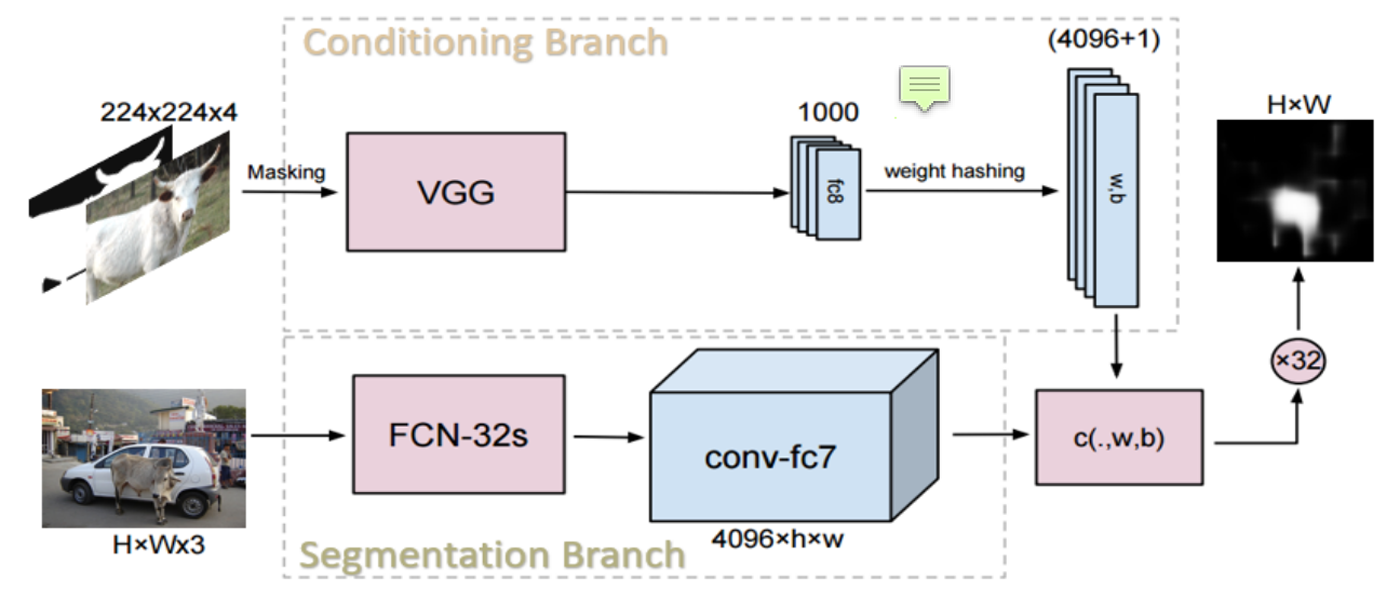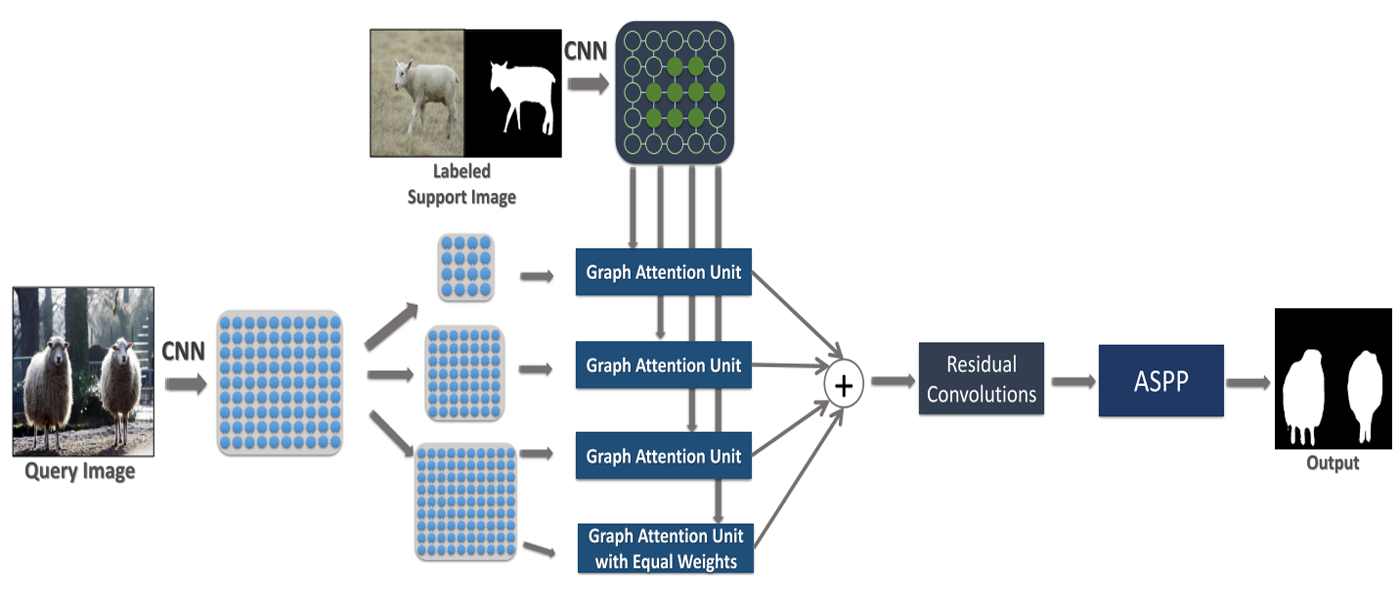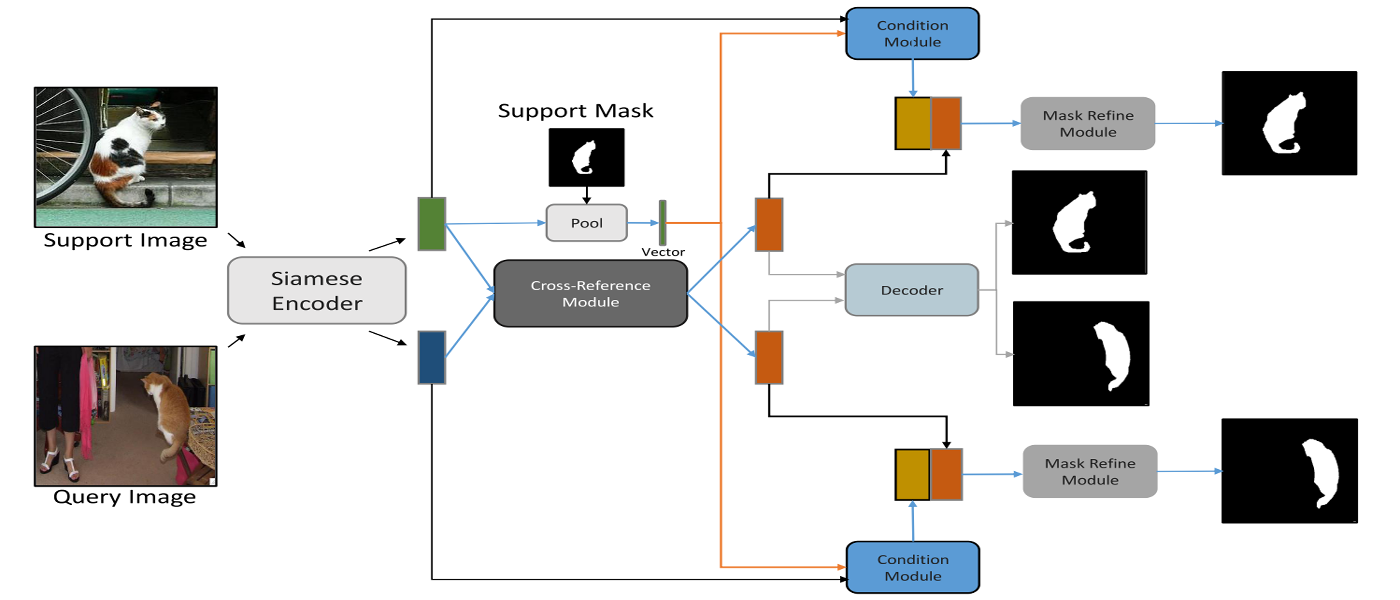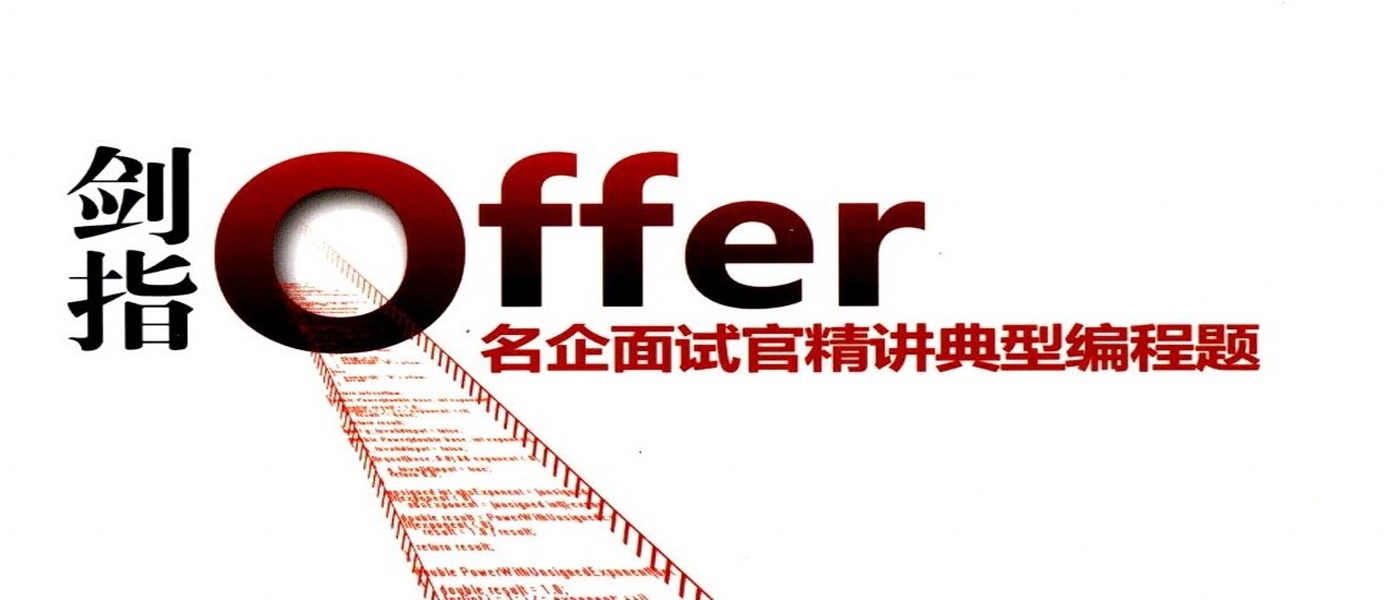
PPNet(Part-aware Prototype Network for Few-shot Semantic Segmentation)[1] decompose the holistic class representation into a set of
part-aware prototypes, and leverageunlabeled datato better modeling of intra-class variations. Besides,graph neural networkmodel is used to generate and enhance the proposed part-aware prototypes. There are some details of reading and implementing it.

